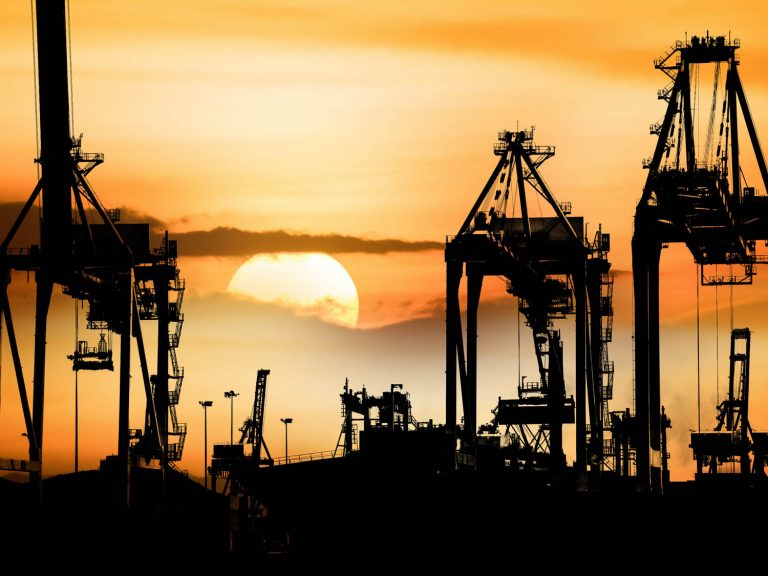
Date:
The new logistics normal in 2023; Part 1
For almost three years shippers, forwarders and carriers, across all modes, have battled unparalleled global supply chain disruptions and, as the massive consumer driven volumes finally subsides, some suggest that the “new normal” is manifesting on a global scale.
The desire for normality and the return to a shipping environment where it is possible to forecast volumes and budgets, without having to continually amend is inevitable after so much chaos. But the new normal, also means that change is a constant variable, with supply chains vulnerable to events ranging from bad weather, industrial action, COVID infections in China and the war in Ukraine.
As unprecedented consumer demand has been lessened by rising inflation and interest rates, international transport capacity has improved markedly, with analysts Sea-Intelligence reporting that about half of all shipping congestion has been resolved, and by that measure, a full reversal to normality should come by March 2023 – providing there is no added disruption, through unexpected global events or manipulation of schedules by ocean carriers.
Barring problems sourcing raw materials and components, many manufacturers are anticipating capability to return to pre-pandemic production volumes in 2023, at levels that flatten the 2020–22 “spikes” seen in almost every aspect of industrial activity, from inventories to production to pricing.
Abnormal demand drove spot pricing on all modes to record highs in 2021, but those short-term rates fell throughout 2022 in a multi-modal pricing correction.
Despite the lack of the traditional peak season, the return of some measure of seasonality to shipping in 2022 was welcome and it was reassuring to see the monthly volume changes, that were typical pre-pandemic.
Lower demand, as a result of the anticipated world recession and already occurring localised regional and country specific recessions, will allow global supply chains to progressively improve, even if some bottlenecks remain in some regions.
Some of the lower demand from shippers is a result of excessive inventory, resulting from earlier than usual orders for imports – to work around congestion – that would typically arrive in the second half of the year, which have created bloated inventories, that are still being drawn down.
The sea freight capacity shortage in 2021, extended to a shortage of warehousing space near ports and moved further upstream throughout 2022, constricting 3PL and shipper warehousing space as the year went on.
Normalisation in supply chains will not be a leap backwards in time. The pandemic’s disruptions and the evolutions to deal with them have been too profound.
Three years ago the majority of consumers had never shopped online and now over 30% of us are doing it regularly and we’re not going back. The same is true for businesses.
It will also be interesting to see how carriers, especially shipping lines by the ocean freight mode, react and what strategy they adopt with restricting capacity and schedules. This is currently unwinding and will effect the majority of this year dependent on what actions they implement.
As such, shippers and their forwarders must continue to innovate, because we now know that companies get in trouble when they get too comfortable with how they’ve been doing things. You need to rock your own boat, because if you don’t, someone else will. You can be assured that Metro continue to design and create new solutions that are fit for purpose regardless of the current market situation and conditions – it’s what we do!
We sub-titled this article Part 1, because someone’s bound to rock the ‘normal’ boat and Part 2 is sure to follow and explain why.
We work closely with our customers to consistently enhance supply chain efficiency and resilience in five key areas:
Understanding – Creating supply chain solutions that draw on all options available in the evolving market.
Visibility – Monitoring critical time-scaled events to provide visibility across the extended supply network, with global control down to individual SKU level.
Agility – Increasing speed to market and accelerating the cash-to-cash cycle.
Flexibility – Adapting supply lines, new vendors, product flows and order data, from any location.
Contingency – Exception alerts and rules-based solutions, automatically correct non-conformities, or alert users for corrective action.
For specific information, or to discuss how our technology could support your supply chain, please contact Simon George our Technical Solutions Director or Elliot Carlile.
We will continue to update on market conditions regularly and always bring the latest development to your attention so that we can ensure that we always deliver and perform to your expectations.
